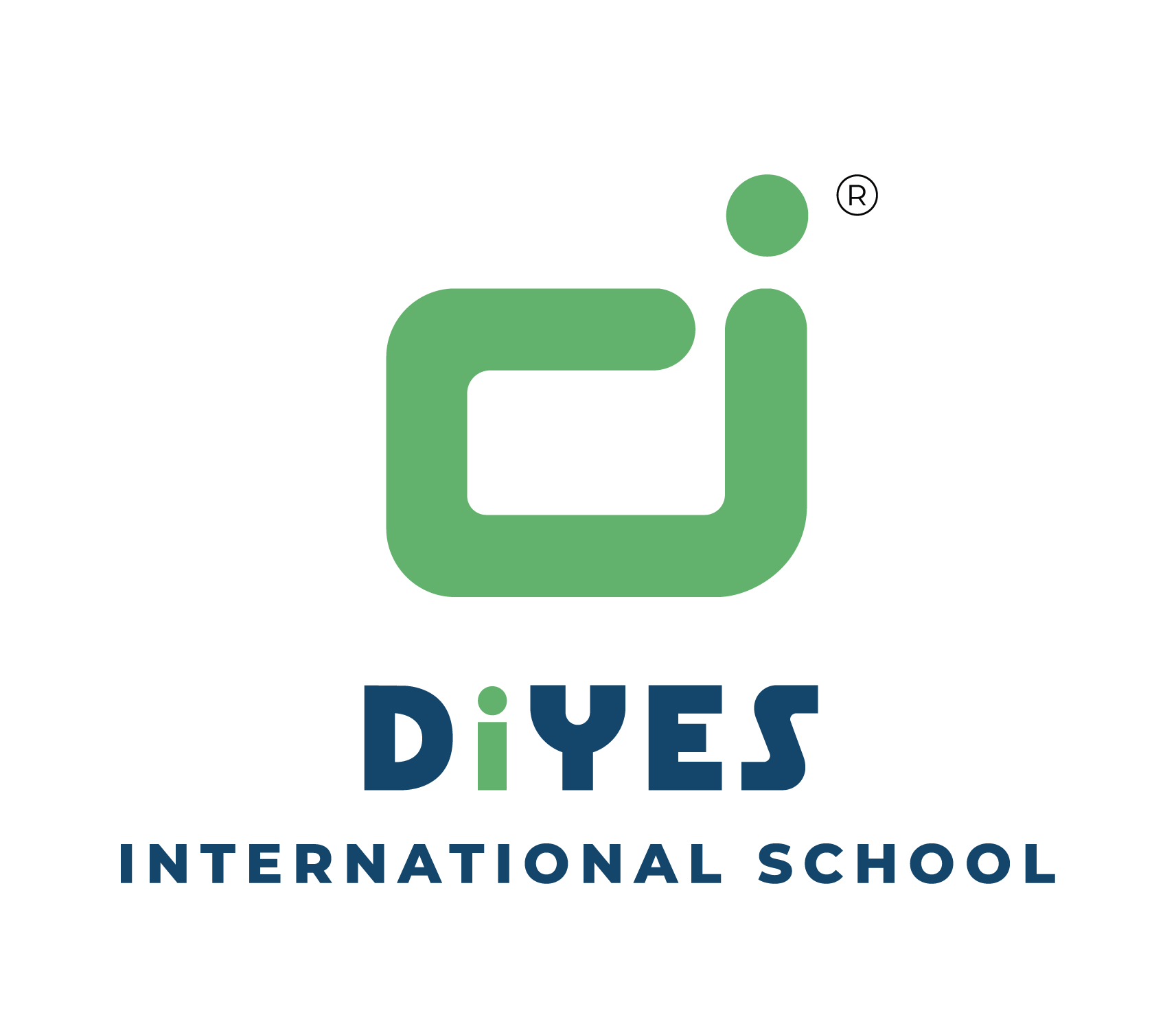In an era marked by constant technological advancements and rapidly changing societal needs, the cultivation of creativity and innovation in students has become a paramount endeavour for educators. As the landscape of employment and problem-solving continues to evolve, the ability to think creatively and devise innovative solutions has transitioned from being a desirable trait to an essential skill. By fostering creativity and innovation in students, educators are not only preparing them for future challenges but also enabling them to thrive in a world that demands adaptability and originality.
The Importance of Fostering Creativity and Innovation in Students
The importance of nurturing creativity and innovation in students cannot be overstated. In an increasingly interconnected and complex world, traditional methods of problem-solving often fall short of addressing the multifaceted challenges that arise. Creativity allows students to think beyond the obvious, encouraging them to explore unconventional avenues and develop groundbreaking solutions. Innovation, on the other hand, bridges the gap between creative thinking and practical application. It empowers students to transform their imaginative ideas into tangible products, services, or initiatives that have a meaningful impact on society

Moreover, fostering creativity and innovation nurtures a growth mindset among students. When students are encouraged to explore uncharted territories, take calculated risks, and learn from failures, they develop the belief that their abilities can be enhanced through effort and perseverance. This growth mindset not only fuels their pursuit of creative endeavours but also equips them with the resilience needed to tackle challenges head-on. Additionally, fostering creativity can also lead to increased engagement and motivation in the learning process. When students are given the freedom to explore their interests and develop projects that resonate with them personally, they are more likely to become active and enthusiastic participants in their education.
Innovation Activities for Students
Promoting innovation in students is a dynamic process that involves engaging them in activities that ignite their problem-solving skills, critical thinking abilities, and creative imaginations. Here’s a closer look at the innovative activities that can effectively cultivate these skills:
- Design Thinking Challenges: Design thinking is a human-centred approach to problem-solving that encourages empathy and iterative ideation. By introducing students to design thinking challenges, educators provide them with an opportunity to empathize with the needs of users, brainstorm a wide range of potential solutions, create prototypes, and refine their ideas based on feedback. This activity not only nurtures creativity but also teaches collaboration, adaptability, and a deep understanding of user perspectives.
- Invention Workshops: Invention workshops create a platform for students to tap into their innate curiosity and innovative spirit. By providing them with materials and resources, educators enable students to experiment with concepts, combine knowledge from different areas, and invent new solutions to existing problems. Such workshops foster a mindset of exploration and encourage students to think beyond conventional boundaries.
- Entrepreneurship Projects: Entrepreneurship projects empower students to develop a comprehensive understanding of both creativity and practicality. Students not only brainstorm inventive business ideas but also analyse market viability, customer needs, and business strategies. This activity blends creative thinking with critical business acumen, offering students a holistic view of innovation in action.
- STEM Challenges: Engaging students in STEM challenges them to apply creativity to scientific and technical problems. These challenges often require students to devise innovative solutions through experimentation and critical thinking. Whether it’s constructing bridges, designing energy-efficient models, or solving complex equations, STEM challenges demand students to approach problems in innovative ways.
How to Improve Creativity Skills
Enhancing creativity skills is a multi-faceted endeavour that involves nurturing a mindset of exploration, promoting open-mindedness, and providing students with techniques that actively stimulate innovative thinking. By incorporating these strategies into the educational journey, educators can help students develop a strong foundation in creative problem-solving and innovative ideation.
Embrace Curiosity:
Curiosity acts as the cornerstone of creativity. Cultivating curiosity in students involves creating an environment that encourages questioning, exploration, and a natural sense of wonder. Educators can achieve this by fostering a classroom culture where asking questions is celebrated and where students are encouraged to delve deeper into subjects that spark their interest. Additionally, incorporating inquiry-based learning approaches allows students to investigate topics in ways that resonate with their inquisitiveness, nurturing their innate curiosity.
Divergent Thinking:
Divergent thinking is a pivotal technique for breaking away from conventional thought patterns and fostering innovative ideas. Brainstorming sessions provide an avenue for students to generate a multitude of ideas without judgment. These sessions can be guided by prompts related to a specific topic or challenge, encouraging students to explore unconventional solutions. Additionally, mind mapping visually connects various concepts, enabling students to identify potential connections and novel viewpoints. Role-playing exercises prompt students to step into different perspectives, expanding their creative horizons by considering viewpoints beyond their own.
Cross-Disciplinary Learning:
Incorporating cross-disciplinary learning encourages students to view subjects as interconnected webs of knowledge rather than isolated silos. When students are encouraged to draw connections between different subjects, they gain a more comprehensive understanding of how ideas can be woven together to create innovative solutions. For instance, a science project could involve elements of art and design, encouraging students to think creatively about how to present their findings in visually appealing ways. By integrating concepts from different disciplines, students develop a broader perspective that nurtures creative thinking..
Encourage Risk-Taking:
Cultivating a classroom environment that embraces risk-taking is pivotal for fostering creativity. When students feel safe enough to take risks, they become more willing to step outside their comfort zones and experiment with new ideas. Educators can promote risk-taking by normalizing failure as a valuable part of the learning process. When students understand that setbacks are opportunities for growth and learning, they are more likely to approach challenges with resilience and innovative thinking. Creating a space where students can openly share their ideas without fear of criticism or judgment nurtures a culture of creative risk-taking.
Incorporating these strategies into the educational journey lays the groundwork for developing students’ creativity skills. By embracing curiosity, divergent thinking, cross-disciplinary learning, and risk-taking, educators empower students to approach problems with fresh perspectives, generate imaginative solutions, and become innovative thinkers who can thrive in a rapidly evolving world.
Conclusion
In conclusion, the cultivation of creativity and innovation in students is a fundamental pursuit that equips them with the skills necessary to excel in an ever-evolving world. By encouraging curiosity, embracing a growth mindset, providing open-ended challenges, cultivating diverse perspectives, allowing creative expression, supporting risk-taking, and encouraging reflection, educators empower students to think critically, solve complex problems, and contribute innovative solutions to the challenges they will encounter.
As we strive to prepare students for the challenges and opportunities of the future, fostering creativity and innovation remains an indispensable endeavour in education.
DiYES International School is dedicated to providing a learning environment that values and promotes creativity and innovation in its students.


By integrating these principles into their curriculum and teaching practices, DiYES International School empowers students to become creative thinkers and problem solvers, preparing them for a future that demands adaptability and originality.
For additional details about DiYES International School, please take a moment to browse through our website at www.diyesinternational.edu.in or reach out to us through the provided contact details: +91 8547609000.


